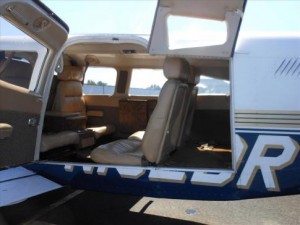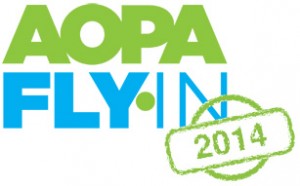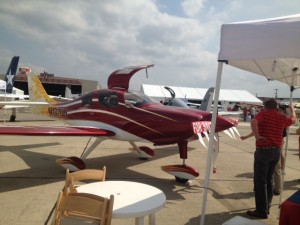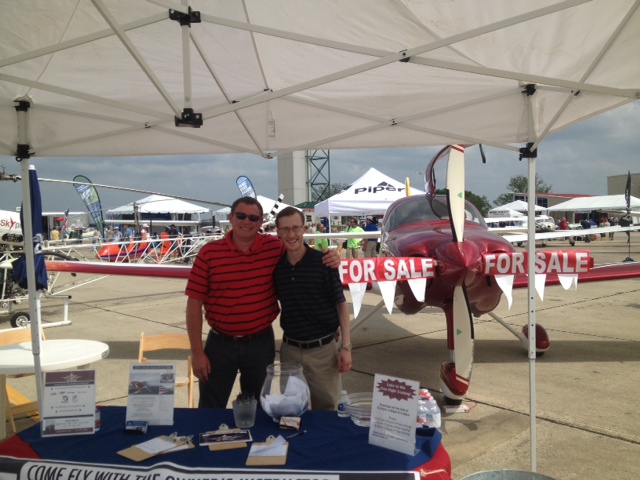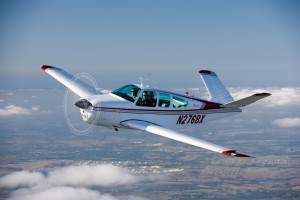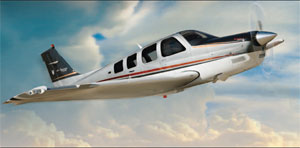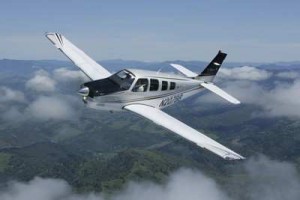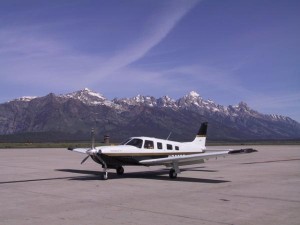 Recently, I assisted with the delivery of a 2007 Piper Saratoga Turbo from San Antonio to New York City. It was a very nicely equipped airplane, complete with a Garmin G1000 panel, an STEC 55x autopilot, and air conditioning. The owner joined me on the flight back to get trained in the airplane, getting him comfortable in it over our 2 day excursion back to NYC. Total flight time was 12 hours, though that did include several stops along the way and landing practice at the airports we stopped at.
Recently, I assisted with the delivery of a 2007 Piper Saratoga Turbo from San Antonio to New York City. It was a very nicely equipped airplane, complete with a Garmin G1000 panel, an STEC 55x autopilot, and air conditioning. The owner joined me on the flight back to get trained in the airplane, getting him comfortable in it over our 2 day excursion back to NYC. Total flight time was 12 hours, though that did include several stops along the way and landing practice at the airports we stopped at.
The 6 seat Turbo Saratoga is a very comfortable, very capable flying machine. It is made for hauling, with a gross weight of 3,600 pounds, but that’s not to say it isn’t lacking in comfort, either. The rear cabin has 4 seats, 2 facing forward and 2 facing rear. It would be a little tight for 4 full size adults in the back seat. To avoid knee knocking, the plane is an excellent 4 person and bags aircraft (or 4 adults and 2 kids).
The really nice part about the Piper Saratoga is the baggage door. Unlike the Bonanza, the Piper Saratoga has a baggage door that opens to the baggage compartment, creating a much easier way to load and unload baggage. The nose baggage compartment, which holds an additional 100 pounds, is a very nice feature, allowing the bag load to be spread out.
We typically saw cruise speeds of 155-165 KTAS depending on altitude. The highest we went was only about 9,000 feet, so we didn’t get up real high to see what the single turbo could do. Even though the Lycoming TIO-540 engine burns about 20 gallons an hour, with 102 gallons of gas on board, the fuel consistently outlasted our desire to continue flying.
Being equipped with the G1000 was a very nice feature of this particular Piper Saratoga. The screens are nice and big, larger than the displays on a high wing Cessna or a Corvalis. That allows for easier viewing of approach plates, NEXRAD, and the engine gauges.
There are always downsides to an airplane, and the Saratoga is no exception. The STEC Autopilot leaves some to be desired as I felt it hampered the capability of the G1000 when shooting approaches because the 12 knot crosswind limitation on the autopilot. You can still use the autopilot on an approach with higher than 12 knot crosswinds, but the autopilot tends to search around for the final approach course.
The air conditioning works very nicely, though it did have a tendency to freeze up at altitude. We discovered that quickly and just decided to turn it off and leave the blower on, since it was cool enough up high anyway.
Overall, the Turbo Saratoga is a very nice airplane. The speed leaves a little to be desired (you can get 10 KTAS more out of a Bonanza with a Continental engine, about 20 knots more if it is a Turbo Bonanza), but it is very high on comfort. The Piper Saratoga makes for a good family airplane or as a hauler. I liked the airplane a lot and thoroughly enjoyed my time in it.

